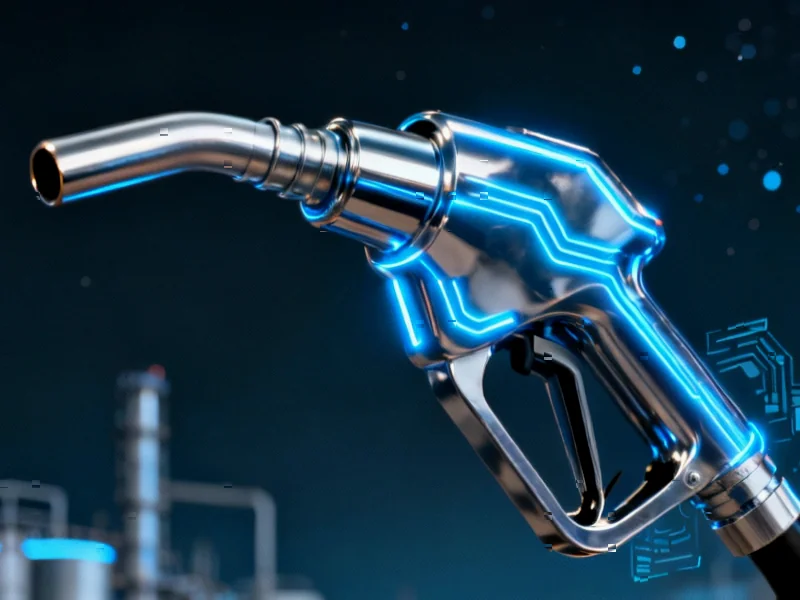According to DIGITIMES, India has approved seven projects under its Electronics Components Manufacturing Scheme with total investment of INR55.32 billion (US$630 million), marking a crucial shift toward domestic component production. The multilayer and high-density interconnect PCB projects represent India’s push up the tech supply chain, with Tamil Nadu taking the lead in this initiative. Meanwhile, major AI players are making aggressive moves: OpenAI will offer free one-year ChatGPT Go subscriptions starting November 4, 2025, while Google provides 18-month free Gemini AI access to all 505 million Reliance Jio subscribers. Additionally, Reliance and Meta have formed Reliance Enterprise Intelligence Ltd as a joint venture to develop enterprise AI solutions, incorporating the company on October 24, 2025. This coordinated push across hardware and AI signals India’s strategic positioning in the global technology landscape.
From Assembly to Innovation Ecosystem
India’s electronics manufacturing journey represents one of the most rapid industrial transformations in modern history. The country began as primarily an assembly hub for smartphones and consumer electronics, but the current component manufacturing push indicates a maturation that could reshape global supply chains. What makes this particularly significant is the timing – as companies like Powertip Technology shift operations from China to India starting in 2025, India is positioning itself not just as an alternative manufacturing base but as a comprehensive electronics ecosystem. The focus on multilayer and HDI PCBs is especially strategic, as these are critical components that sit higher in the value chain than simple assembly work.
Building Beyond Fabs
While much attention has focused on India’s semiconductor fabrication ambitions, the development of companies like Vayavya Labs demonstrates a more sophisticated approach to building semiconductor capabilities. By automating chip-to-system development with virtual models and achieving 70% reductions in development cycles, India is addressing the entire semiconductor value chain rather than just chasing high-profile fab projects. This software-first approach could give India a unique advantage in the global semiconductor race, particularly as the industry faces increasing complexity in chip design and integration. The development tools being created in Belagavi represent exactly the kind of high-value intellectual property that transforms a country from technology consumer to technology creator.
The Great Indian AI Land Grab
The simultaneous moves by OpenAI, Google, and Meta to establish dominance in India’s AI market represent one of the most aggressive platform battles since the early days of mobile computing. Google’s offer of 18-month free Gemini access to Jio’s 505 million subscribers isn’t just a promotional tactic – it’s a strategic move to embed Google’s AI ecosystem into the daily lives of nearly 40% of India’s population. Similarly, OpenAI’s free ChatGPT Go subscription timed with its first DevDay Exchange in Bengaluru shows recognition that India’s developer community will be crucial to future AI adoption. The Reliance-Meta joint venture takes a different approach, focusing on enterprise AI solutions that could transform business operations across India’s massive corporate landscape.
The China Factor in India’s Tech Ascent
The reported resurgence of Chinese electronics manufacturing services in India, despite thinner profit margins, reveals the complex geopolitical dynamics shaping India’s tech industry. Companies like DBG and BYD expanding their footprint while serving Chinese smartphone brands indicates that business realities are overcoming political tensions. This development suggests that India’s component manufacturing push isn’t about complete decoupling from China but about achieving strategic balance – building domestic capabilities while maintaining access to global supply chains. The timing is particularly interesting given the broader trend of industrial clusters migrating from China to Southeast Asia and India, creating a natural testbed for how these relationships will evolve.
Where India’s Tech Revolution Is Headed
Looking 12-24 months ahead, India’s coordinated push across electronics components, semiconductor design, and AI platforms suggests the country is positioning itself as a complete technology ecosystem rather than just a manufacturing alternative. The success of these initiatives will depend on several factors: sustained government support through schemes like ECMS, the ability to develop domestic talent at scale, and navigating the complex geopolitics of global tech supply chains. If successful, India could emerge as the first developing economy to master the entire technology stack from hardware components to advanced AI platforms, creating a model that other emerging markets might follow. The coming year will be crucial in determining whether these ambitious moves translate into sustainable competitive advantages or remain promising experiments.




